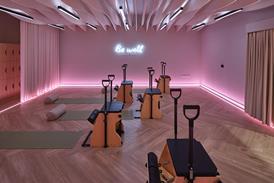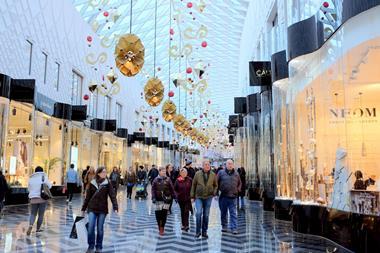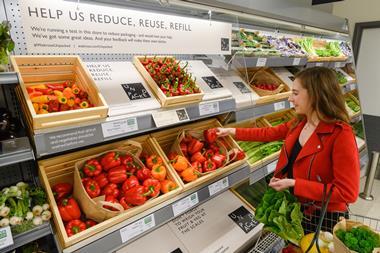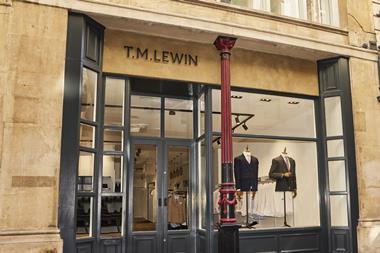With industry closures, bankruptcies and bailouts in the past 12 months, 2019 is forecast to be another rough year for retail. But in times of uncertainty opportunities to innovate often present themselves.

Taking a glance at the news lately probably doesn’t fill the retail industry with confidence – least of all those with a large store portfolio.
Earlier this year PwC UK was challenged by New West End Company to identify ways to improve shopper spend in London’s West End.
The key was to find out how shoppers actually shopped, not what retailers believed they did, or shoppers claimed to do. This required thinking differently.
This involved pulling in and layering unusual and anonymised data sources such as aggregate spend, international travel and mobile network data.
These findings then had to be combined with the more usual retailer shopper data and financial performance to create a fuller picture on spending.
The West End may not appear to be an obvious start for mainstream retail, but often the best innovation comes from looking outside of the norm.
Here are some insights to consider:
1. Keep the same hours as your shoppers
Shoppers expect to shop when they want; more and more of us are shopping outside of traditional trading hours.
Machine learning uncovered that the West End could generate almost an incremental £35m revenue by extending these hours to 8am-10pm.
Extended hours means more opportunities to shop, more revenue and more jobs. As high streets up and down the country struggle, it’s worth questioning whether long-established opening hours are still right in the face of changing shopping behaviour.
Think about when your shoppers would chose to shop and adjust accordingly.
2. Don’t overlook overseas spend
West End shopper demographics may not be an obvious place to find learnings to apply across the UK, but if you are in an area that is affected by tourism then it’s worth thinking about.
In the West End project, analysis showed that the Chinese were the high rollers, along with consumers from the US, Japan and France. January, February and March are also the peak times for international travel into the nation’s capital.
Across the UK, when thinking of your product ranges and how to really service your customers consider things such as the languages your customers speak – should you hire staff who also speak their language to help with buying decisions?
In-store communication and store experiences should consider how you can capture more spend from tourism. This means adjusting your offering to changes in your shopper base when you experience the highest level of non-domestic spend.
3. Fancy a coffee?
Not all increases in revenue come from products. The project found that being able to recharge with food or drink meant shoppers stayed to spend for longer.
Two prominent buying personas emerged within the West End – shoppers and diners. Highly affluent people in their 30s on average preferred to visit and spend on Wednesdays and Thursdays, and frequented the area the most.
Higher-end brands targeting these demographics might want to consider the West End as the destination for their next opening.
For the rest of the UK, think beyond goods and services and look to refreshment. While it’s not possible for all retailers to have an in-store food and drink offering, think about partnerships with appropriate hospitality businesses.
You only have to look to Costa Coffee franchises in retailers to understand this can extend dwell time and keep shoppers shopping and happier for longer.
The key to better retail is better understanding of your shoppers. Use data to really know how they shop, not how you think they shop. This will allow you to capture those shoppers by having the right offering, in the right place at exactly the right time. Build your own data story.































